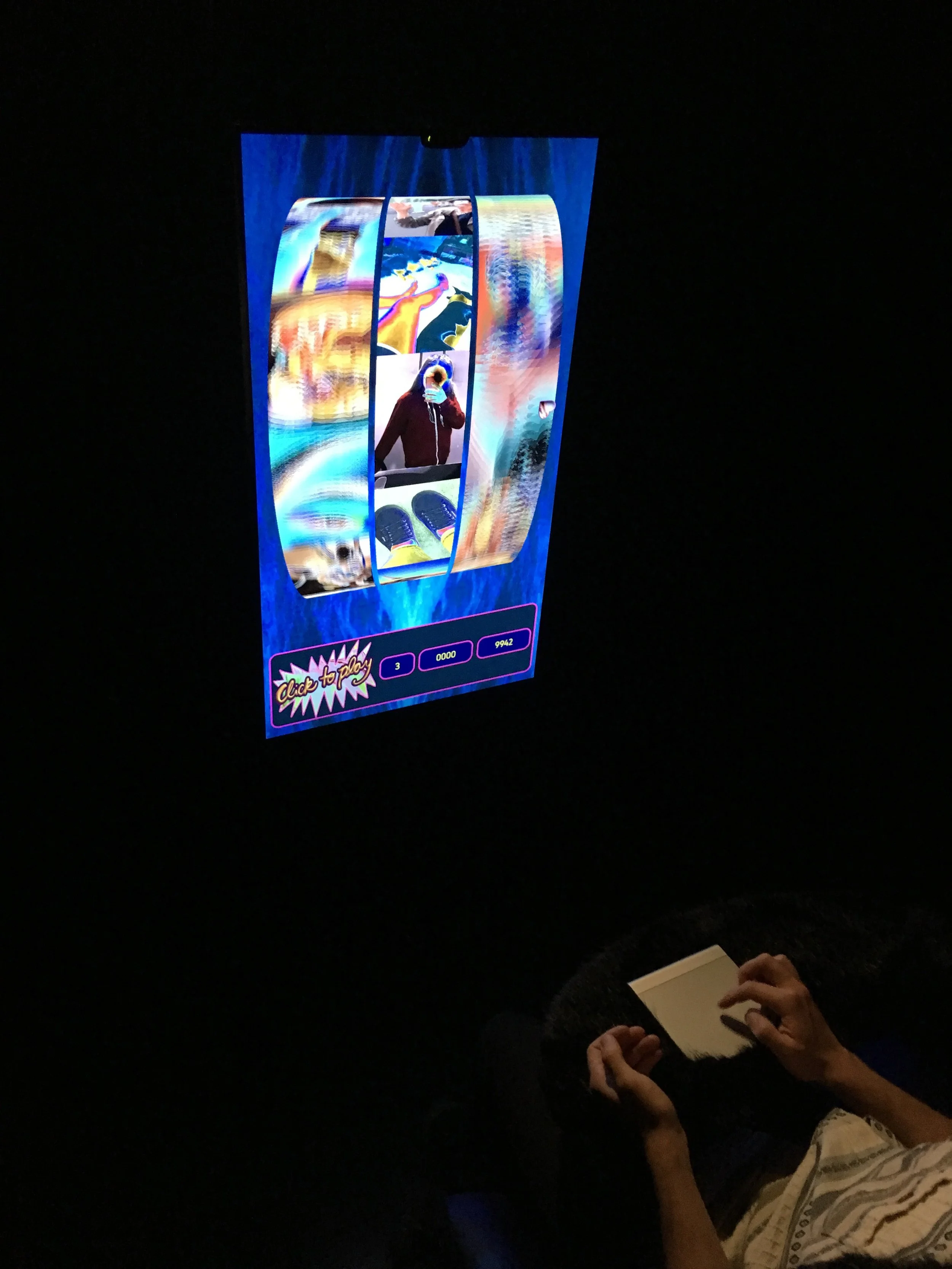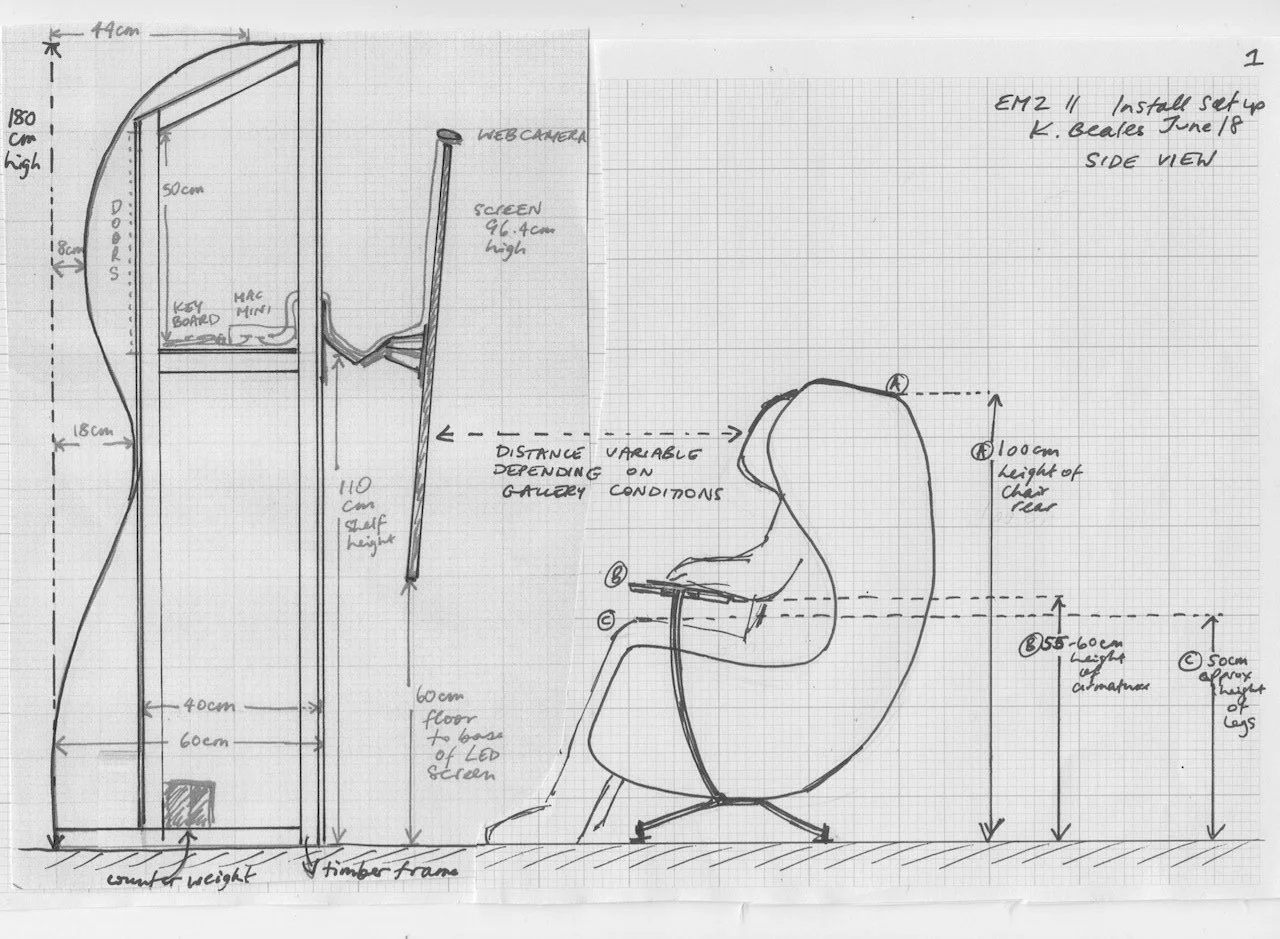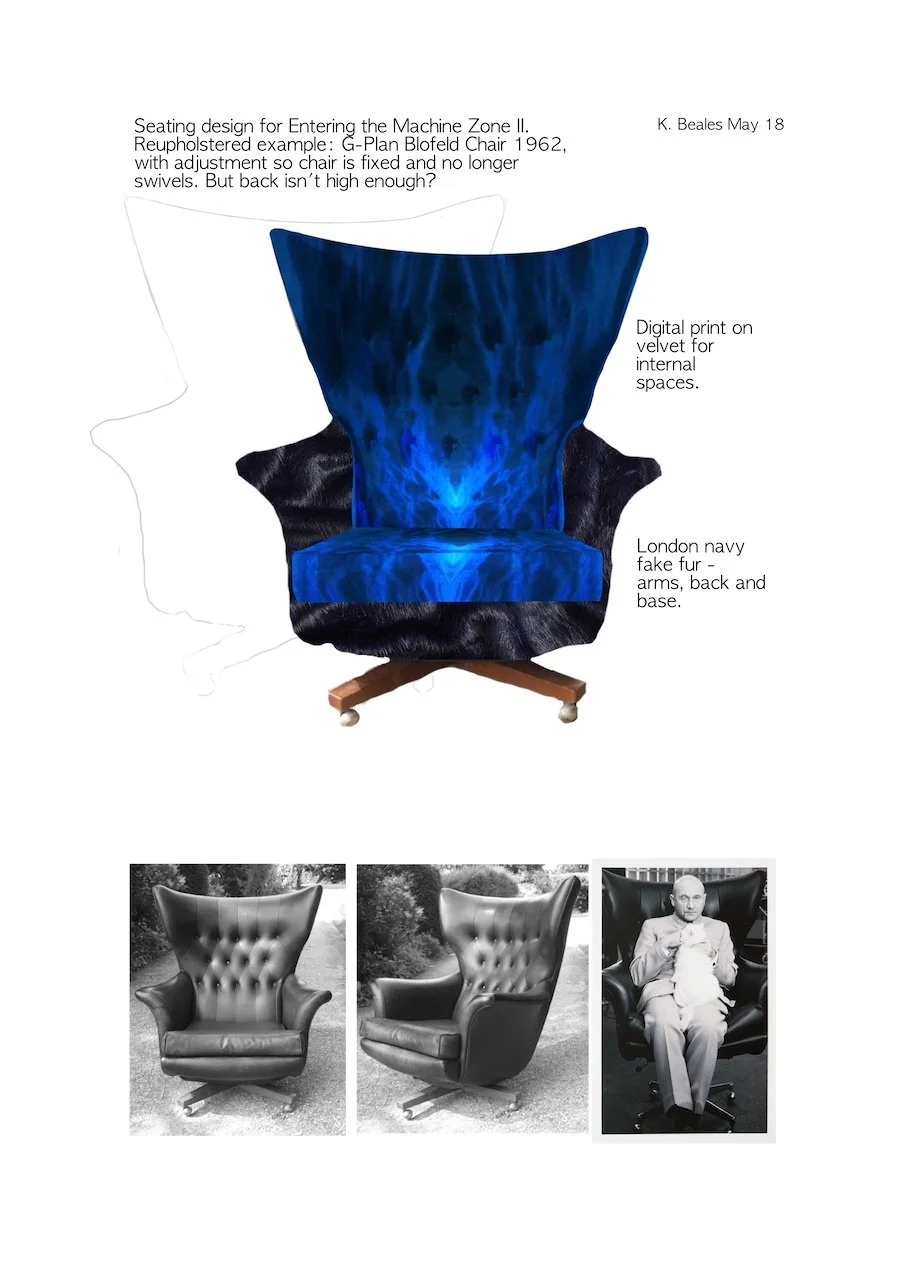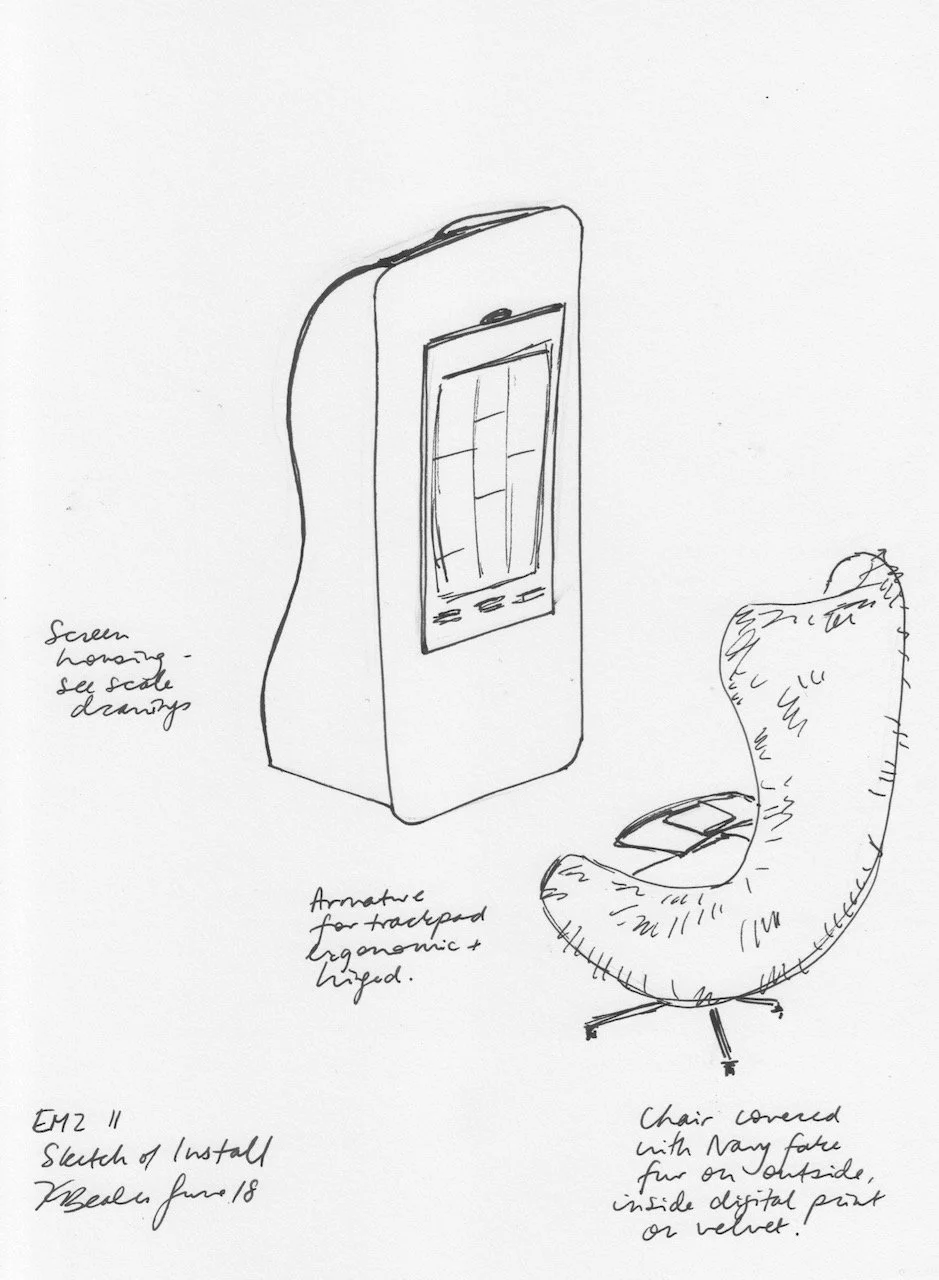
Entering the Machine Zone II
2018
Interactive Digital Moving Image and Installation

Entering the Machine Zone II (2018) was co-commissioned for HOOKED by Science Gallery London (2018) with Furtherfield and supported using public funding by the National Lottery through Arts Council England.
“Can you become addicted to getting a bunch of psychedelic cats aligned in a row? I’ve got to admit it gave me a warm glow when I “won” while playing an interactive artwork by Katriona Beales that mimics online gambling. The pleasure persisted even when her “game” informed me it had been compiling data based on my eye movements.” Jonathan Jones in the Guardian.
The title is a term coined by Natasha Dow Schull in her analysis of machine gambling in Las Vegas from the book ‘Addiction by Design’. It refers to a dissociative, trance like state that the pathological gambler seeks out. She argues that it is this state, in which all the claustrophobia of the ‘users’ emotional and mental state can be escaped from is one of the drivers behind problem gambling rather than any financial motivation. This dissociative state resonated with Beales’ own experiences of over-using social media during intense periods of insomnia.
Each of the images on the scrolling reels has been sourced from public content on social media platforms. Each image has been selected as reference points for various anxieties and neuroses that the artist relates to, some humorous others bleaker. The images – hairless cats, excessively stacked burgers, selfies in lifts – scroll endlessly until the ‘user’ clicks on one of the reels. The reels refer to slot machines and gamification elements are used through EMZII, referencing the way that social media platforms utilise behavioural psychology (such as the principle of variable reward) to maximise the amount of time the ‘user’ spends on the platform. Beales’ celebrates the sensuality of online spaces, but criticise how our interactions get channelled through platforms designed to be addictive – how various ‘gamification’ and ‘neuro-marketing’ techniques keep the ‘user’ on-device, drive endless circulation, and monetise our every click.
EMZII utilises eye tracking software – commenting on the way that the seemingly benign social media platforms acquire intimate knowledge of us as subjects and objects of their attention. Eye tracking software calibrates with the individual gaze, in EMZII this happens through the ‘user’ clicking on the floating eyes in the opening screen. Once the software has identified the user’s gaze it creates detailed data mapping where on the screen is catching the attention of the user. In EMZII this data is configured in the form of heat maps that display on the closing screen.
The specially designed seating creates an intimate and sensual environment in which to maximise the viewing experience of the moving image element of the work and create the ideal environment for the eye tracking. The interior of the seating is covered in a digital print on velvet mirroring the background to the screen display. The external parts of the seat, and the armature are covered in a fake fur, the soft tactile surface inviting ‘users’ interactions whilst echoing some of the aesthetics of the early years of the reality TV show Big Brother. In a sense, social media has made reality TV obsolete, in that we can all now star in a self-authored and scripted documentary about our own lives.
The experience of the artwork is intended to be hypnotic, addictive, sensual but also with a disturbing twist coming from the ‘reveal’ at the end of the data map of the audiences’ own eye movements collected surreptitiously whilst they view the work, raising questions regarding of privacy, agency and autonomy. Please note: no personal data is kept by either artist or SGL.
EMZII was developed from ‘Entering the Machine Zone’ shown as part of ‘Are We All Addicts Now?’ an exhibition of Beales’ work shown at Furtherfield in 2017.

Credits:
Interactive Design: Rob Prouse and Tom Merrell
Seating: Weber Industries
Upholstery: Hugh Harvey
Research: Dr Henrietta Bowden-Jones









